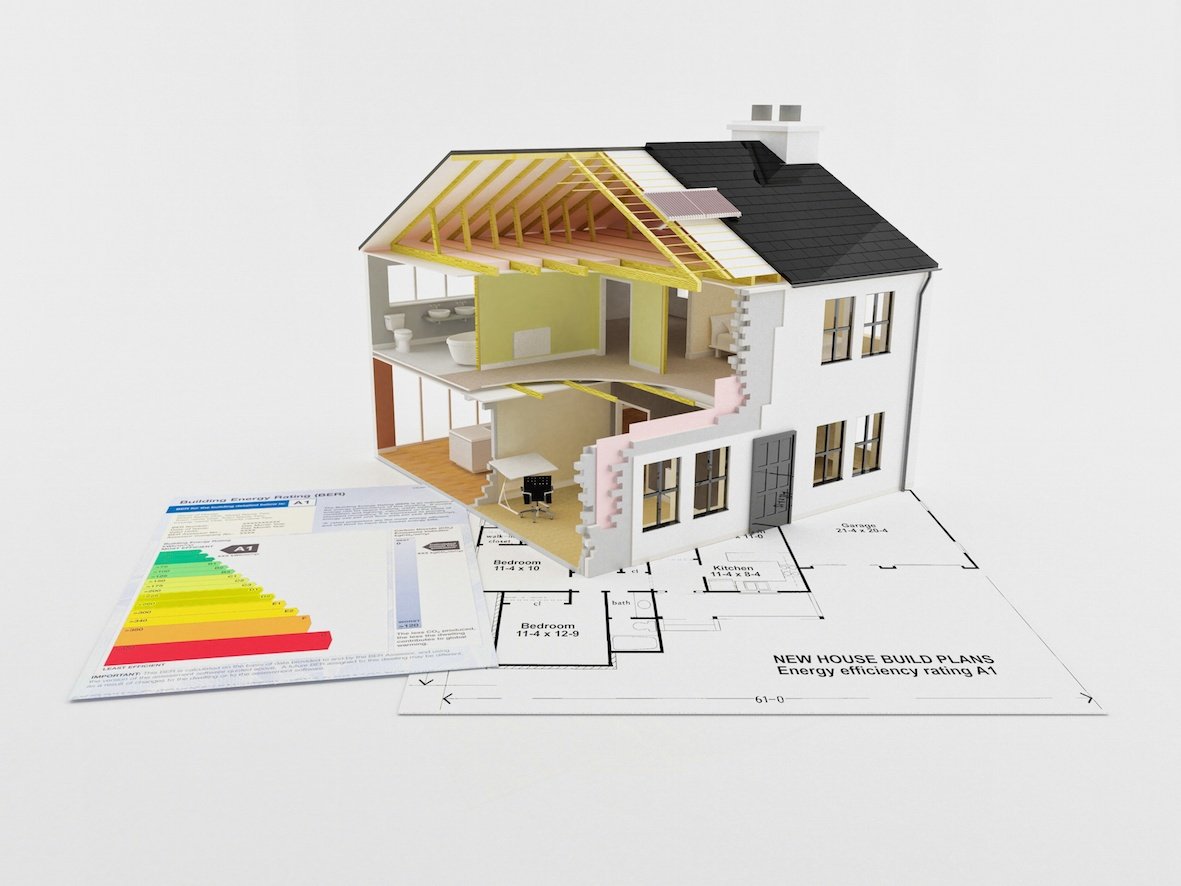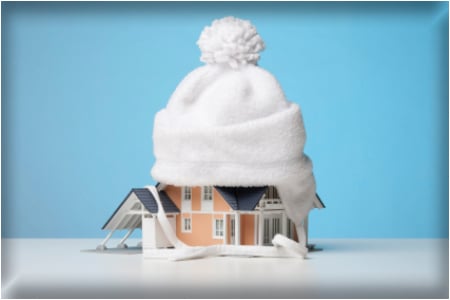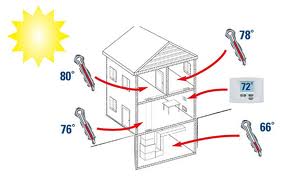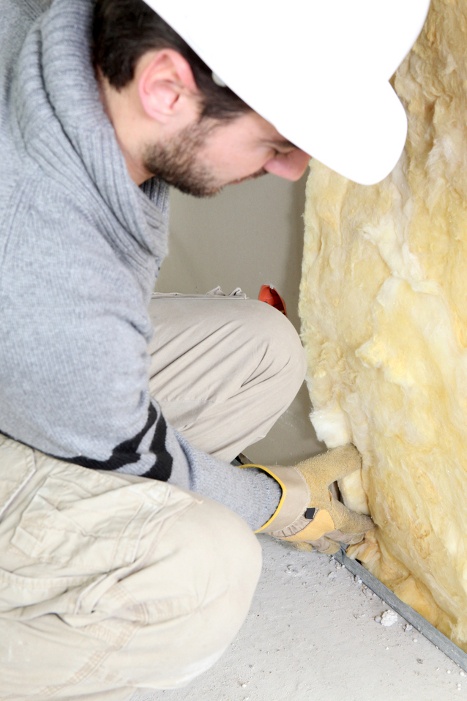All About Insulation: It’s Not Just for Winter! “Summerize” Your Wallingford Custom Home
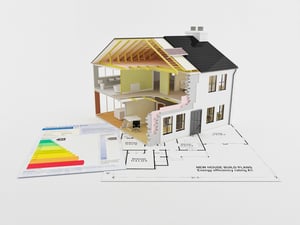 While you may still see snow and ice when you look outside your front window, know that summer and warmer temperatures are coming. This means that you’ll be turning your central air on and probably keeping it running until your house reaches a comfortable temperature. If you are having a new home built, don’t forget to discuss and decide on the best insulation to help keep your home comfortable during the summer.
While you may still see snow and ice when you look outside your front window, know that summer and warmer temperatures are coming. This means that you’ll be turning your central air on and probably keeping it running until your house reaches a comfortable temperature. If you are having a new home built, don’t forget to discuss and decide on the best insulation to help keep your home comfortable during the summer.
Insulation is Necessary in the Summer, Too?
It only makes sense. If cold air can seep in, hot air can, too. This means you’ll need to have the attic, walls and floor insulated so the temperature inside your home doesn’t become unlivable.
While warm air and heat sound so inviting in the middle of the winter, once the temperatures begin to soar, you’ll be wanting some cool relief. All the air conditioning you could add to your house won’t help if you don’t have enough insulation, because that heat will creep in through the walls.
Keep Your Electric Bill Low—Add Sufficient Insulation to Keep Heat Out
If you don’t want your air conditioner running from early in the morning until bedtime, you’ll have to ensure that your home is well-insulated against summertime heat. While Connecticut’s summer heat isn’t as intense as say, California or New Mexico, it can still get hot, stuffy and downright uncomfortable if your house lacks insulation or doesn’t have enough.
As contractors are working on your house (and adding insulation), have them check whether enough insulation has been added to every area of your attic. This includes both ends and every corner. Hot air can come in through areas where the insulation is too thin. Your contractor should know that ventilation shouldn’t be blocked at the soffits.
Related: Getting the Most Energy Efficient Home With Ekotrope
Request a High-Quality Insulation
If you are having your home built to green standards, it may surprise you to learn that having a high-quality insulation added to all areas of your home can help make your home more environmentally friendly.
Let your builder and contractor know that, while your home is being built, you want green products used. Ask them which insulation would be the best to use to protect your home from unwanted heat and cold. And, if you believe that, by not adding insulation, you’re protecting the environment, you’ll only give yourself higher energy bills. A good insulation helps your home achieve the best R values for the northeast. As a result, you’ll be able to keep your energy bills. low.
Improve Insulation During the Winter
Once your house has been built and you and your family have moved in, you’ll be able to determine whether it’s comfortable year-round. If your new home still got too hot during the summer months, this is a sign that the insulation may not be sufficient for your home’s needs.
The winter months are the ideal time for having new insulation added. Ask for an energy audit so your contractor can figure out where the new insulation should go. It’s a given that he’ll add more insulation in the attic.
Don’t Forget About the Right Central Air System
You’ve had the right amount of insulation added. Now, it’s time to make sure you have the right central air conditioning system installed in your home. If your unit is too small, you could run it 24 hours a day and still feel hot inside. If the unit is too big, you’ll have too much humidity added to the rooms—not comfortable!
As your contractor is installing ducts and vents, pay close attention to make sure the work is done correctly. Make sure the ducts are properly sealed so you don’t lose cooled or heated air.

